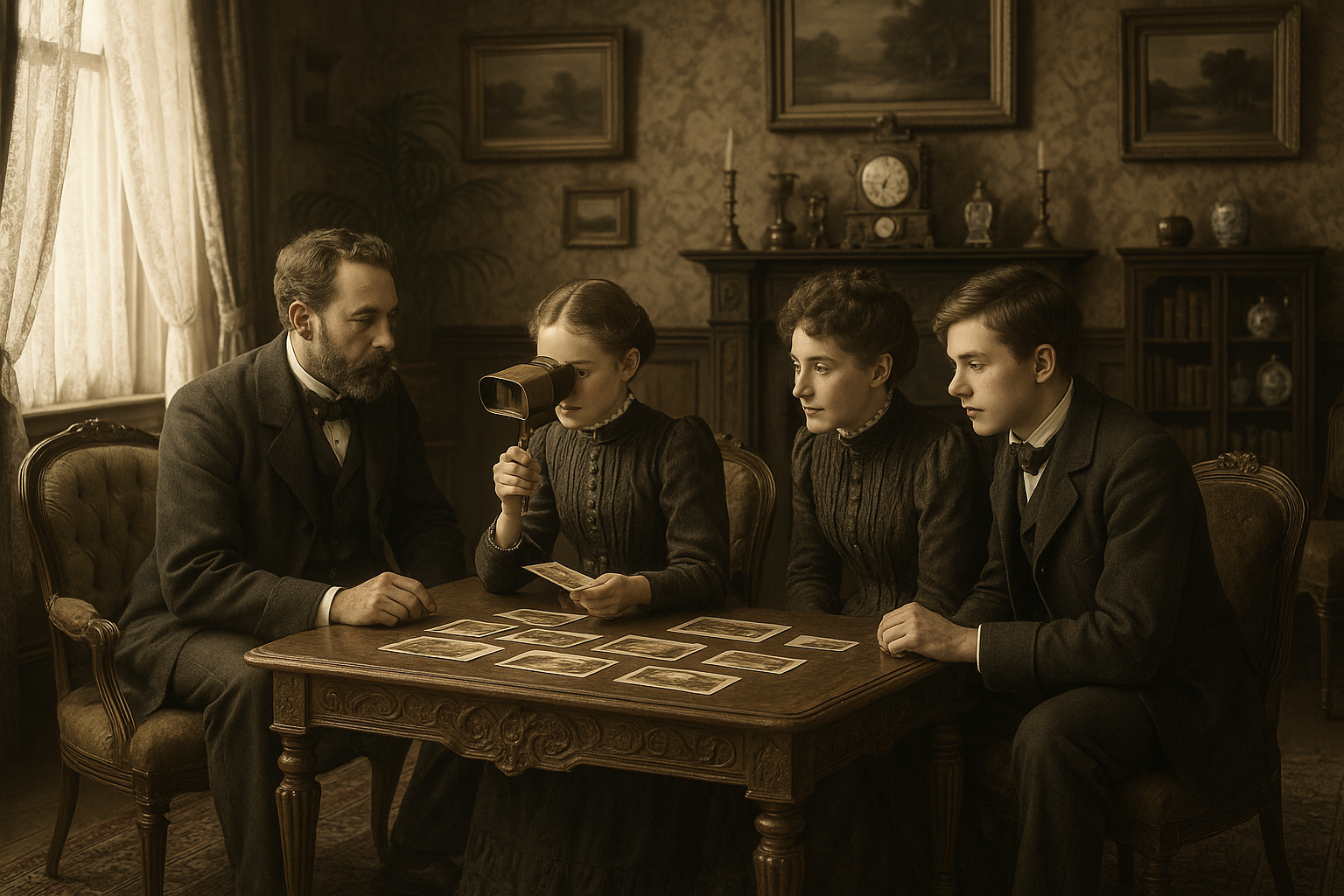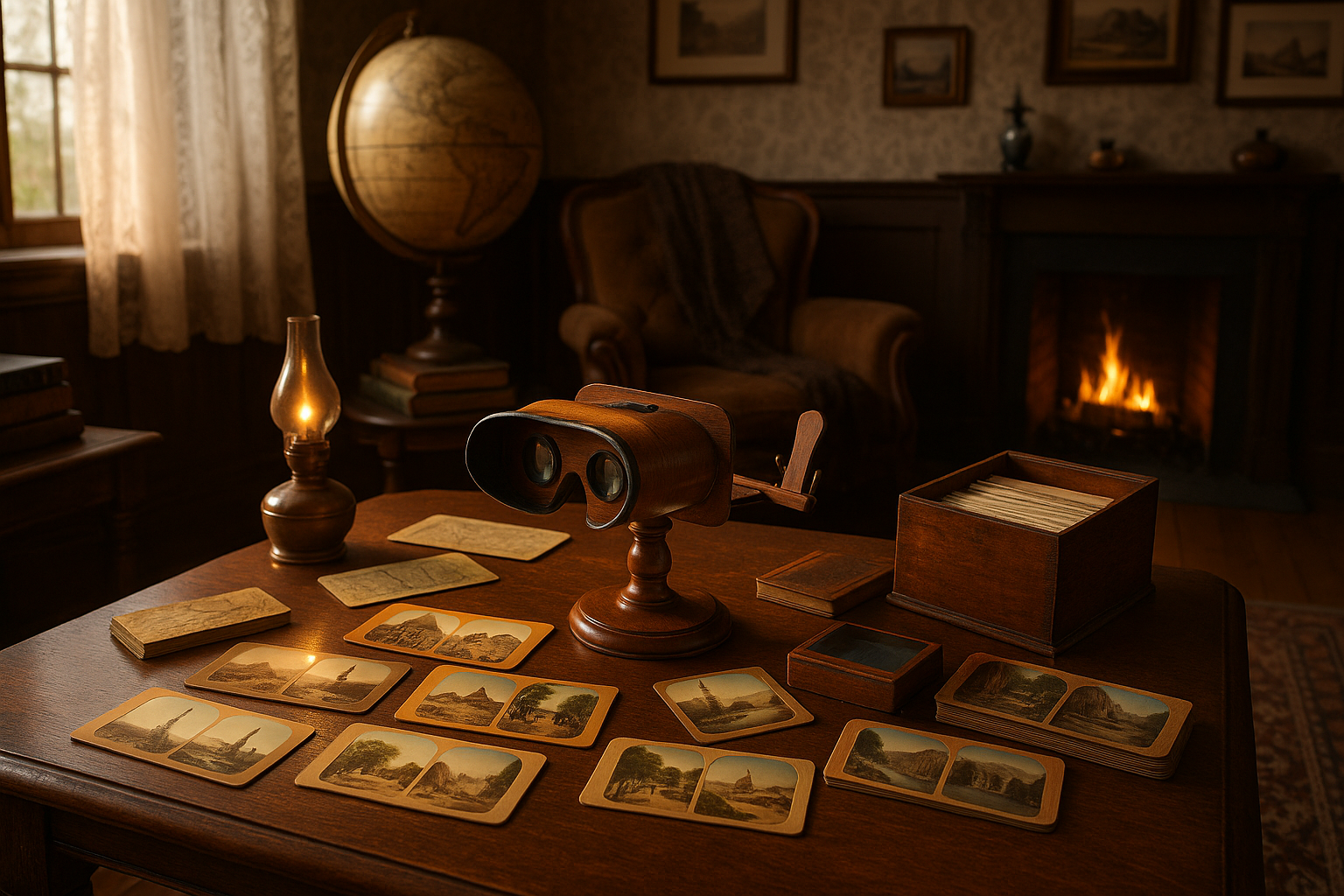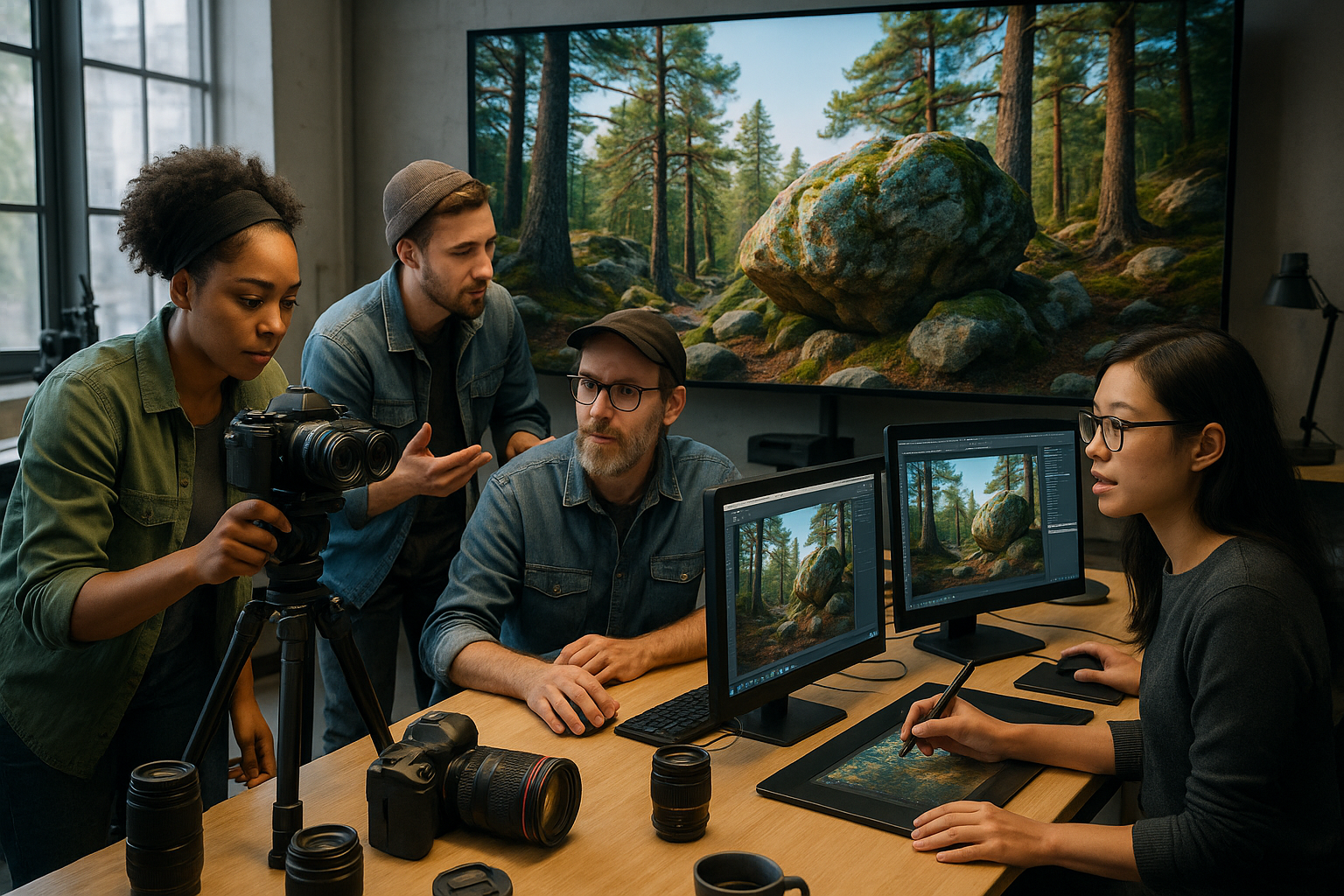In the ever-evolving world of fashion, where trends come and go at the blink of an eye, few accessories have managed to carve out a permanent place in our wardrobes quite like sunglasses. Not merely a tool for blocking out the sun’s harsh rays, sunglasses have long served as a symbol of style, mystery, and sophistication. From the sun-drenched beaches of Malibu to the bustling streets of Milan, these stylish shields offer more than just protection—they offer a statement. But have you ever stopped to ponder the rich tapestry of history and culture woven into this seemingly simple accessory? 🌞
Journey back with me to the early days of sunglasses, where their story begins long before they became a staple in the fashion arsenals of celebrities and influencers. Our tale starts centuries ago, in an era where innovation met necessity. Originally designed to serve practical purposes, early iterations of sunglasses were crafted not from sleek plastics and metals, but from natural materials like bone, leather, and glass. These nascent designs were not just about fashion—they were essential tools for survival, especially in the harsh, reflective glare of snowy landscapes where Inuit peoples ingeniously used flattened walrus ivory with slits to shield their eyes.
As we traverse through time, you’ll discover how sunglasses evolved from these rudimentary beginnings into symbols of power and luxury in the courts of emperors and kings. Fast forward to the 20th century, and you’ll witness their transformation during the Hollywood Golden Age, where they became synonymous with glamour and intrigue. Figures like Audrey Hepburn and James Dean didn’t just wear sunglasses—they wielded them, turning these accessories into icons of timeless style. 😎 In this exploration, we’ll delve into how various cultures and eras have influenced the development and perception of sunglasses, each leaving an indelible mark on their design and cultural significance.
In this blog post, “Shade Your Eyes: Embrace the History and Style of Early Sunglasses for a Timeless Look,” we invite you to rediscover sunglasses not just as a modern-day necessity but as artifacts steeped in history. We’ll guide you through the fascinating evolution of sunglasses, highlighting pivotal moments and designs that have shaped their journey. Alongside history, we’ll explore how you can incorporate these vintage inspirations into your own wardrobe, creating a look that not only shields your eyes but turns heads. Whether you’re a fashion enthusiast, a history buff, or someone simply looking to add a touch of timeless elegance to your style, this article promises a captivating journey through the past, present, and future of one of fashion’s most enduring accessories.
The Origins of Sunglasses: From Ancient Times to Modern Necessity
Sunglasses, often seen as a mere fashion accessory today, have a deep-rooted history that dates back thousands of years. While modern sunglasses are crafted with advanced technology for optimal eye protection, their origins are much simpler yet equally fascinating. The earliest known form of sunglasses is believed to have been used by the Inuit peoples, who created snow goggles from flattened walrus ivory to shield their eyes from the harsh glare of the sun reflected off the snow. These primitive designs underscore humanity’s longstanding need for eye protection in varying environments.
Fast forward to ancient Rome, and we find Emperor Nero watching gladiator games through polished gems, a precursor to what would eventually become tinted lenses. The use of smoke-tinted quartz by the Chinese in the 12th century marked a significant evolution, as judges used them to conceal their expressions in court. These rudimentary forms of sunglasses highlight the blend of functionality and subtlety that characterizes eyewear throughout history. As civilizations evolved, so too did the materials and methods used in crafting these protective lenses, paving the way for the innovation we see today.
The journey from these ancient prototypes to the sleek, stylish sunglasses of today is a testament to human ingenuity. The 20th century saw a significant boom in the popularity of sunglasses, driven by both technological advancements and cultural shifts. Celebrities and fashion icons began adopting sunglasses as a staple of their public appearances, further cementing their status as a symbol of cool sophistication. This historical evolution is not just a tale of design and fashion but also a reflection of the societal changes and technological innovations that have influenced eyewear over the centuries. For a more detailed look at the evolution of sunglasses, check out this informative video: The Evolution of Sunglasses: From Antiquity to Modern Day, by Fashion History Channel.
The Evolution of Materials and Styles in Sunglasses
As we delve into the evolution of sunglasses, it’s essential to understand the various materials and styles that have emerged over the years. Initially, sunglasses were crafted using readily available materials, such as wood, bone, and later, metals. These materials, though primitive, laid the foundation for the diverse range of options we see today. The introduction of plastic in the mid-20th century revolutionized the industry, allowing for mass production and a variety of new styles that were both affordable and fashionable.
The 1960s and 70s marked a pivotal era for sunglasses, with bold designs and vibrant colors reflecting the social changes of the time. Styles such as the iconic aviators and wayfarers became synonymous with rebellion and individuality. This period also saw the rise of designer sunglasses, with luxury brands recognizing the potential of sunglasses as a statement piece. The combination of advanced materials and cutting-edge designs made sunglasses a must-have accessory for both functional and fashion-forward individuals.
Today, the diversity in sunglasses styles is immense, with options to suit every face shape, lifestyle, and personal aesthetic. Modern technology has also introduced polarized lenses, UV protection, and even smart sunglasses equipped with augmented reality features. These advancements underscore the intersection of style and functionality, offering consumers both protection and a way to express their unique sense of fashion. To explore the wide variety of sunglasses available today, refer to the table below, which compares popular styles and their features:
| Style | Material | Features |
|---|---|---|
| Aviator | Metal, Plastic | Classic design, UV protection, polarized lenses |
| Wayfarer | Plastic | Iconic style, versatile, available in various colors |
| Cat Eye | Plastic, Acetate | Retro aesthetic, bold frames, chic look |
| Round | Metal, Plastic | Vintage appeal, lightweight, ideal for narrow faces |
| Sport | Polycarbonate | Durable, UV protection, designed for physical activities |
Embracing the Timeless Appeal of Sunglasses in Fashion
The timeless appeal of sunglasses in the world of fashion cannot be overstated. From the red carpets of Hollywood to the runways of Paris, sunglasses have maintained their status as a key accessory that adds an element of mystery and allure to any ensemble. Their ability to transcend trends and time is a testament to their versatility and enduring appeal. Celebrities and style icons have long utilized sunglasses not only for their practical benefits but also as a means to craft a signature look.
One of the most iconic moments in fashion history involving sunglasses was Audrey Hepburn’s portrayal of Holly Golightly in “Breakfast at Tiffany’s,” where her oversized shades became emblematic of chic sophistication. Similarly, John Lennon’s round sunglasses contributed to his distinctive image, influencing countless fans and fashion enthusiasts. These examples illustrate how sunglasses can be integral to personal style, serving as a statement piece that reflects individuality and taste.
In contemporary fashion, sunglasses continue to play a crucial role, with designers frequently incorporating them into their collections. The variety of shapes, colors, and materials available today allows individuals to express their personal style while enjoying the benefits of eye protection. Whether it’s the minimalist elegance of a classic frame or the bold flair of avant-garde designs, sunglasses remain a powerful tool in the fashion arsenal. To see how sunglasses have been styled in various fashion shows, consider watching this video: Sunglasses in Fashion: Runway Inspirations, by Style and Design Channel.
Choosing the Right Sunglasses: Style Meets Functionality
While the aesthetic appeal of sunglasses is undeniable, choosing the right pair requires a balance between style and functionality. It’s crucial to consider factors such as face shape, lifestyle needs, and protection levels when selecting sunglasses. The right pair not only enhances your appearance but also provides essential protection against harmful UV rays and glare, ensuring eye health and comfort.
Face shape plays a significant role in determining which sunglasses styles will be most flattering. For example, individuals with round faces may opt for angular frames to add definition, while those with square faces might choose round or oval frames to soften their features. Additionally, lifestyle considerations, such as engaging in sports or spending extended periods outdoors, might necessitate specialized sunglasses with features like polarized lenses or durable, lightweight materials.
Protection is another critical factor, as not all sunglasses offer the same level of UV protection. Ensuring that your sunglasses provide adequate protection from UVA and UVB rays is essential for maintaining eye health. Many modern sunglasses also come with additional features such as anti-reflective coatings and blue light filtering, offering enhanced visual clarity and comfort. Below is a table that summarizes key considerations when choosing sunglasses:
| Consideration | Details |
|---|---|
| Face Shape | Choose frames that complement your face shape (e.g., angular frames for round faces) |
| Lifestyle | Consider activities (e.g., sports, driving) that might require specific features |
| Protection | Ensure 100% UVA and UVB protection |
| Additional Features | Look for polarized lenses, anti-reflective coatings, and blue light filtering |
- Assess your daily activities to determine the functionality you need from your sunglasses.
- Evaluate different lens technologies to find what best suits your needs.
- Explore various frame materials to balance comfort and style.

Conclusion
Conclusion: Embracing the Timeless Allure of Early Sunglasses
In exploring the rich tapestry of early sunglasses, we’ve embarked on a journey that intertwines history, fashion, and innovation. These optical marvels are not just functional accessories but are also iconic symbols of style and status that have transcended generations. From their humble beginnings as rudimentary eye protectors in ancient civilizations to the chic and sophisticated designs of the early 20th century, sunglasses have continually evolved to meet both practical needs and aesthetic desires.
At the heart of this exploration is the recognition of sunglasses as artifacts that encapsulate significant cultural and technological advancements. The initial iterations were rooted in necessity, crafted by ingenious individuals who sought protection from the blinding glare of the sun. These early designs, often rudimentary and crafted from natural materials, laid the groundwork for what would become a staple in fashion and eye health. The Inuit snow goggles, made from bone and wood with narrow slits to reduce glare, exemplify the inventive spirit that characterized these early attempts at eye protection.
As we moved through the ages, the function of sunglasses expanded beyond mere protection. The 18th and 19th centuries saw the advent of tinted lenses used by visionaries like James Ayscough, who experimented with colored lenses to correct specific vision impairments. This period marked a pivotal moment where style began to merge with function, setting the stage for the iconic sunglasses of the 20th century.
The roaring 1920s and 1930s brought about a revolution in eyewear, with sunglasses becoming a fashion statement embraced by Hollywood stars and style icons. The glamorous association of sunglasses with celebrity culture elevated their status, making them a coveted accessory. Styles such as the timeless aviators, developed for military pilots, transitioned from utilitarian roots to mainstream fashion, symbolizing adventure and allure.
Throughout this exploration, it becomes clear that sunglasses are more than just protective gear; they are a reflection of the social and cultural shifts of their times. They echo the desires and aspirations of individuals who sought to express themselves through their choice of eyewear. From Audrey Hepburn’s iconic oversized frames to the sleek, minimalist designs favored today, sunglasses continue to be a canvas for personal expression.
The timeless appeal of early sunglasses lies in their ability to adapt to changing trends while retaining their core function. In today’s world, where fashion often prioritizes the novel and ephemeral, early sunglasses offer a lesson in enduring style. They remind us that true elegance is not dictated by fleeting trends but by pieces that withstand the test of time.
As we conclude this journey through the history and style of early sunglasses, it’s essential to recognize the importance of preserving and appreciating these historical designs. They offer invaluable insights into the past and inspire contemporary designers to innovate while respecting tradition. By embracing the legacy of early sunglasses, we pay homage to the creative minds that paved the way for modern eyewear.
I encourage you to take this newfound appreciation for early sunglasses and incorporate it into your daily life. Whether you’re curating a vintage collection, experimenting with classic styles, or simply enjoying the sun with a pair of retro shades, remember that each piece carries a story—a legacy of ingenuity and style. Share your experiences and thoughts on the timeless allure of early sunglasses with your community. Engage with others who share your passion, and explore how these historical designs can inspire modern fashion.
In a world where fast fashion often prevails, choosing to embrace the history and style of early sunglasses is a statement of individuality and respect for craftsmanship. It’s a choice to prioritize quality and meaning over the transient allure of trends. As you shade your eyes with these timeless pieces, you not only protect your vision but also connect with a rich heritage that celebrates innovation and style.
Feel free to comment below, share your favorite historical sunglasses designs, or discuss how you’ve integrated vintage styles into your wardrobe. Your insights could inspire others to discover the beauty and significance of early sunglasses, fostering a community that values both style and history. Let us continue this conversation and celebrate the enduring charm of early sunglasses—one pair at a time. 😎
For further reading and to delve deeper into the fascinating history of sunglasses, consider exploring reputable sources like the Smithsonian Magazine or The Fashion History Timeline by the Fashion Institute of Technology. These platforms offer a wealth of information that will enrich your understanding and appreciation of eyewear through the ages.
– Smithsonian Magazine – History of Sunglasses
– Fashion History Timeline by FIT
Toni Santos is a visual historian and artisan whose creative lens is captivated by the forgotten marvels of antique optical devices. Through his thoughtful storytelling, Toni revives the instruments that once transformed light into wonder—camera obscuras, magic lanterns, kaleidoscopes, and other ingenious tools that shaped our earliest visual imaginations.
His journey is rooted in a fascination with how humans have long sought to bend, reflect, and reveal the unseen. Whether tracing the mechanical poetry of 19th-century projectors or illustrating the tactile elegance of early lenses, Toni’s work invites us to see vision itself as an evolving art form.
Blending handcrafted design with historical inquiry, Toni brings to life the material soul of these devices—celebrating not just how they functioned, but what they meant. His creations and curated stories illuminate a world where science, illusion, and beauty were intricately linked through glass and brass.
As the curator of Vizovex, Toni shares detailed studies, reconstructed artifacts, and immersive content that help others rediscover the origins of visual technology and the magic of analog perception.
His work is a tribute to:
The craftsmanship behind early visual instruments
The wonder of seeing through the eyes of another century
The intersection of optics, art, and imagination
Whether you’re a collector, a designer, or someone drawn to the lost poetry of vision, Toni welcomes you into a world where light is a storyteller—one prism, one lens, one forgotten invention at a time.





